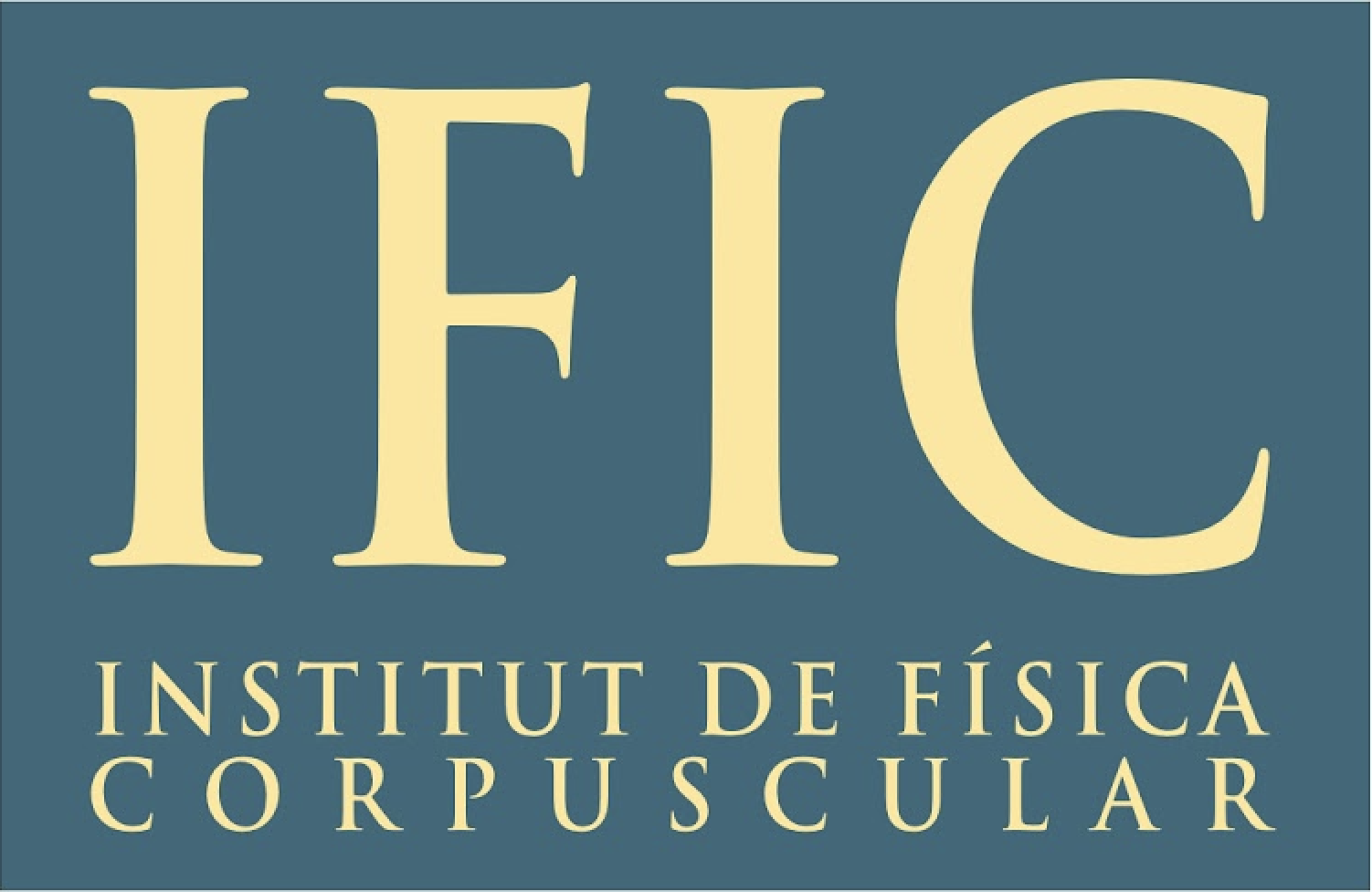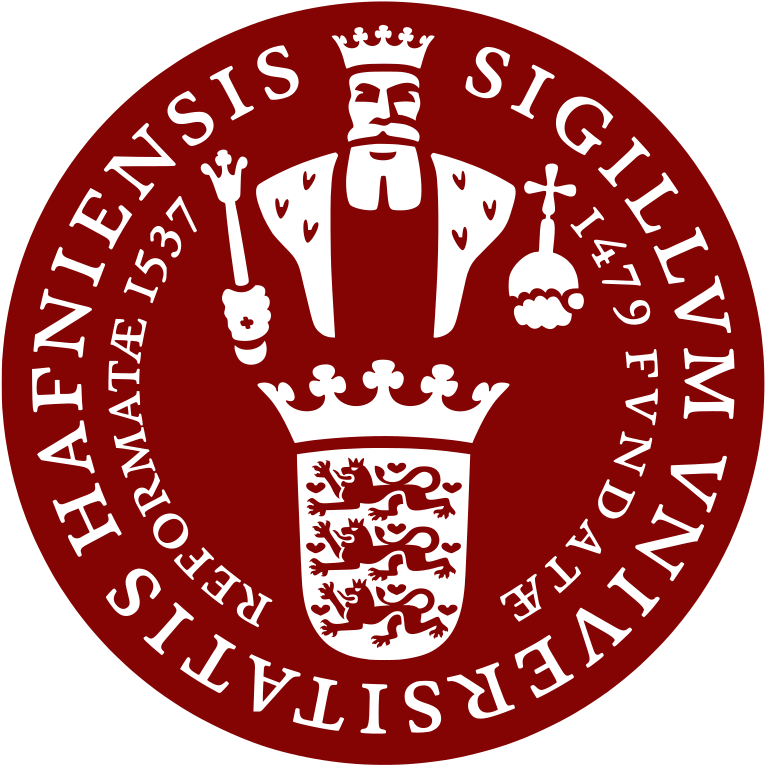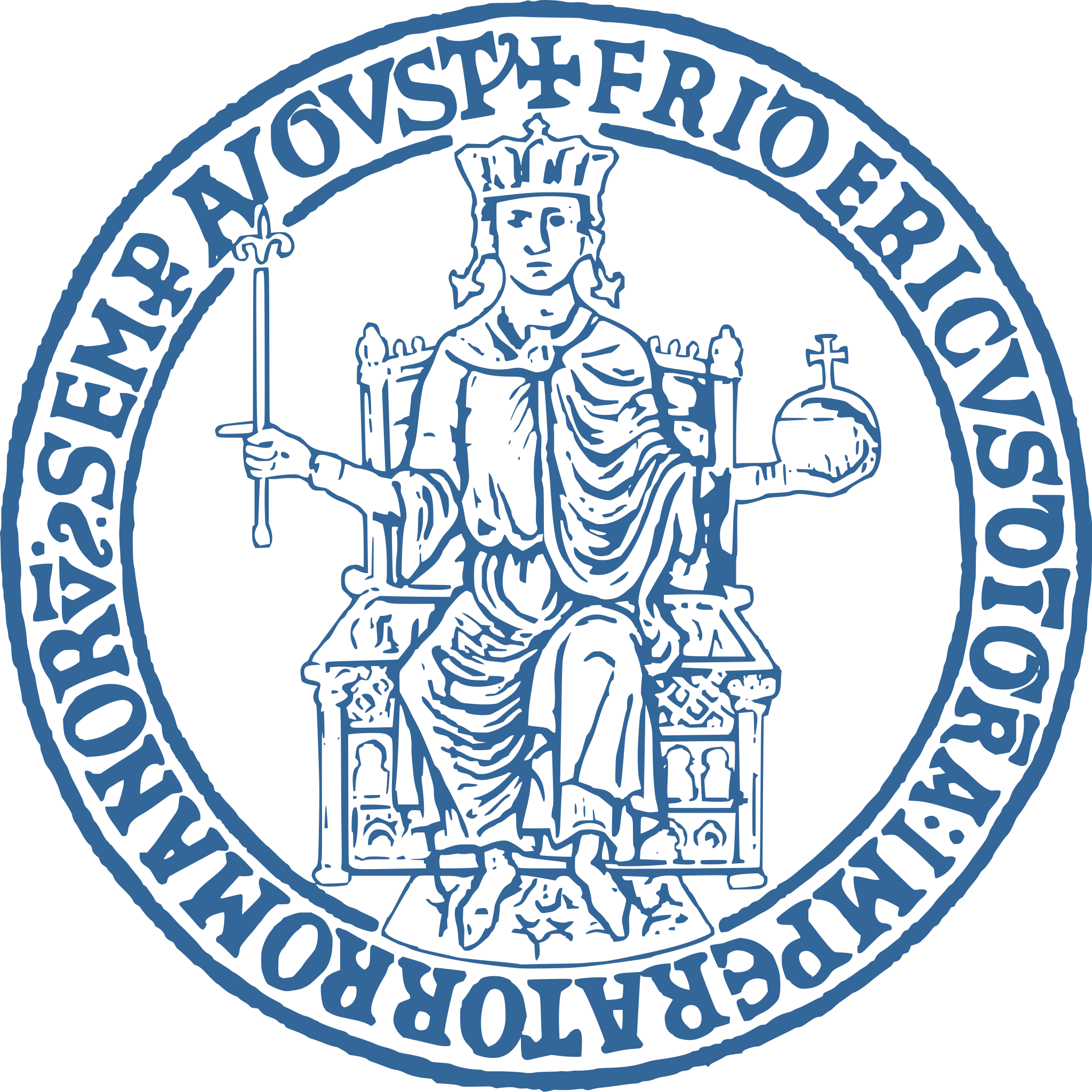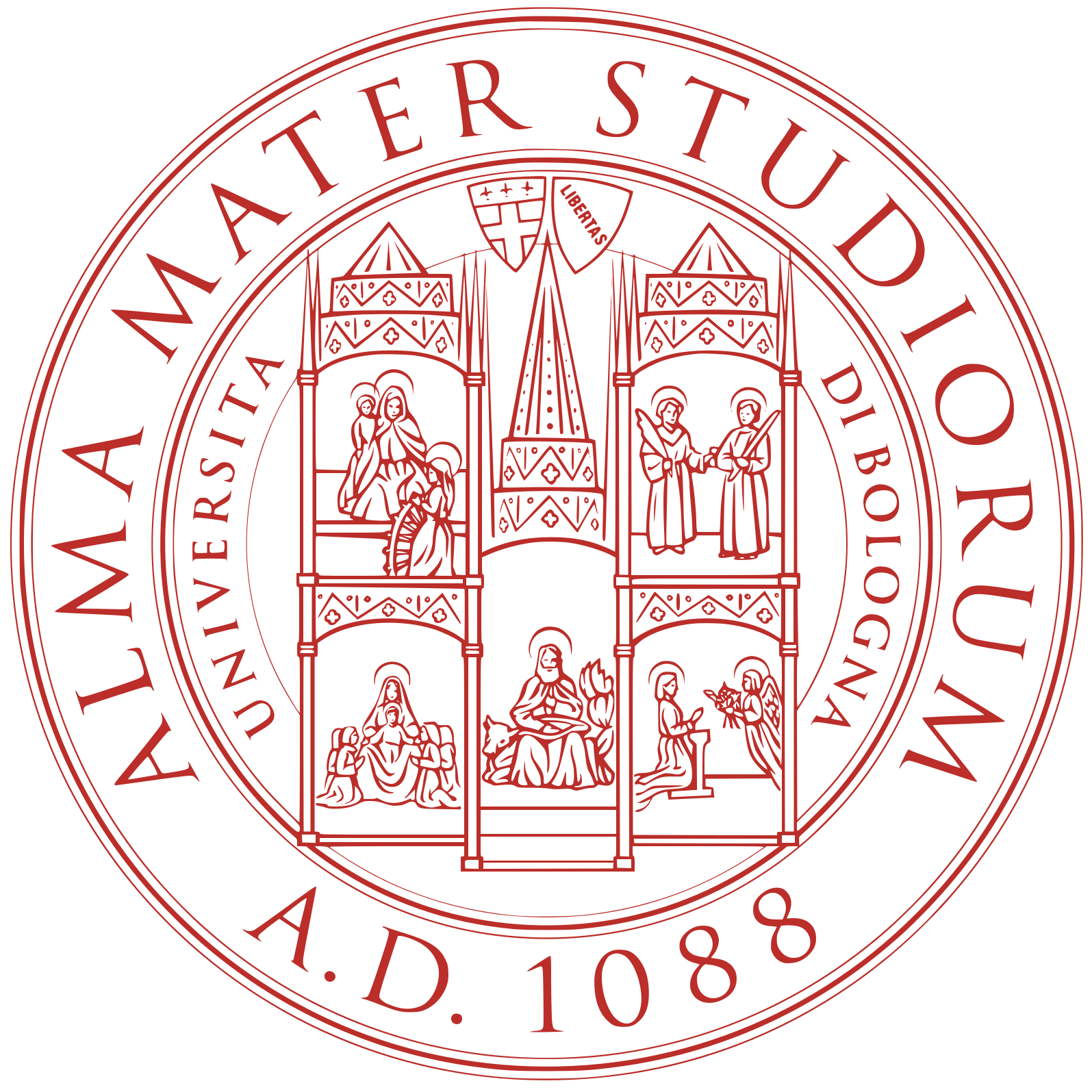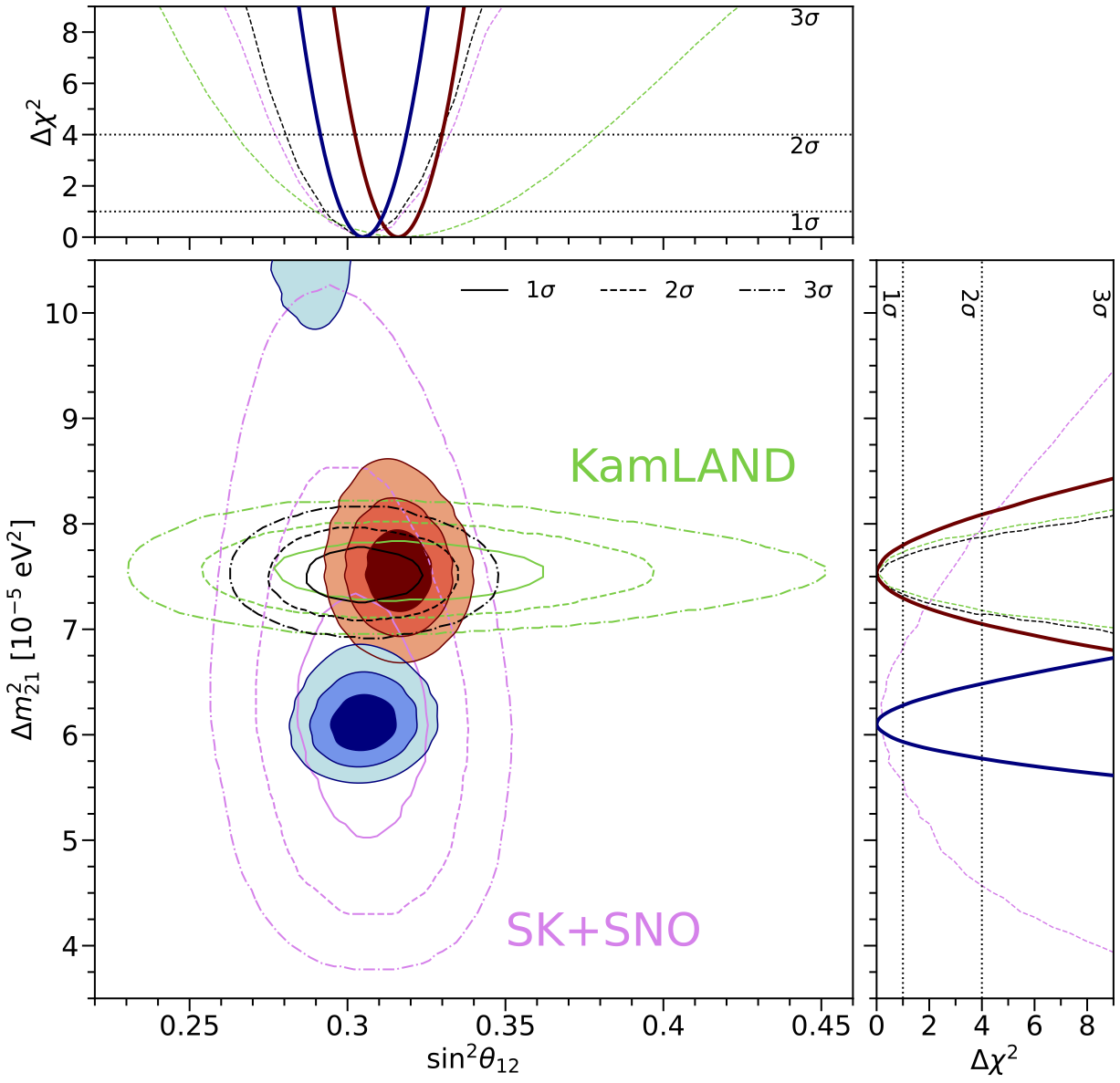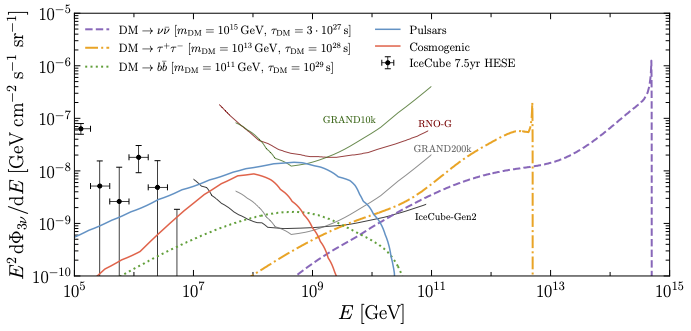Hi everyone! I am a Postdoctoral Researcher in Neutrino Physics within the Center for Cosmology and AstroParticle Physics (CCAPP), at The Ohio State University. I obtained my Ph.D. in Physics at the Instituto de Física Corpuscular (IFIC, CSIC-UV), with my thesis "Neutrino Insights from the CMB and Supernovae", and previously I completed the degree in Physics and the Master in Advanced Physics with specialization in Theoretical Physics at the Universitat de València (UV).
I am a neutrino physicist interested in the role that the neutrino particle plays in Cosmology and Astroparticle Physics, where we can use neutrinos to disentangle some unknowns of the Universe as well as the different natural neutrino sources in order to probe properties of the neutrino particle. This makes my work a combination of coding (of course I mean debbugging) plus pen and paper calculations in order to understand the physics behind. In order to work on this fascinating field it is required a lot of knowledge in Quantum Mechanics, Cosmology, Astrophysics, Particle Physics, Statistics and Computer Programming. I know how to code in Python, C++, C, Mathematica, LaTeX and I learned html to set up this webpage.



